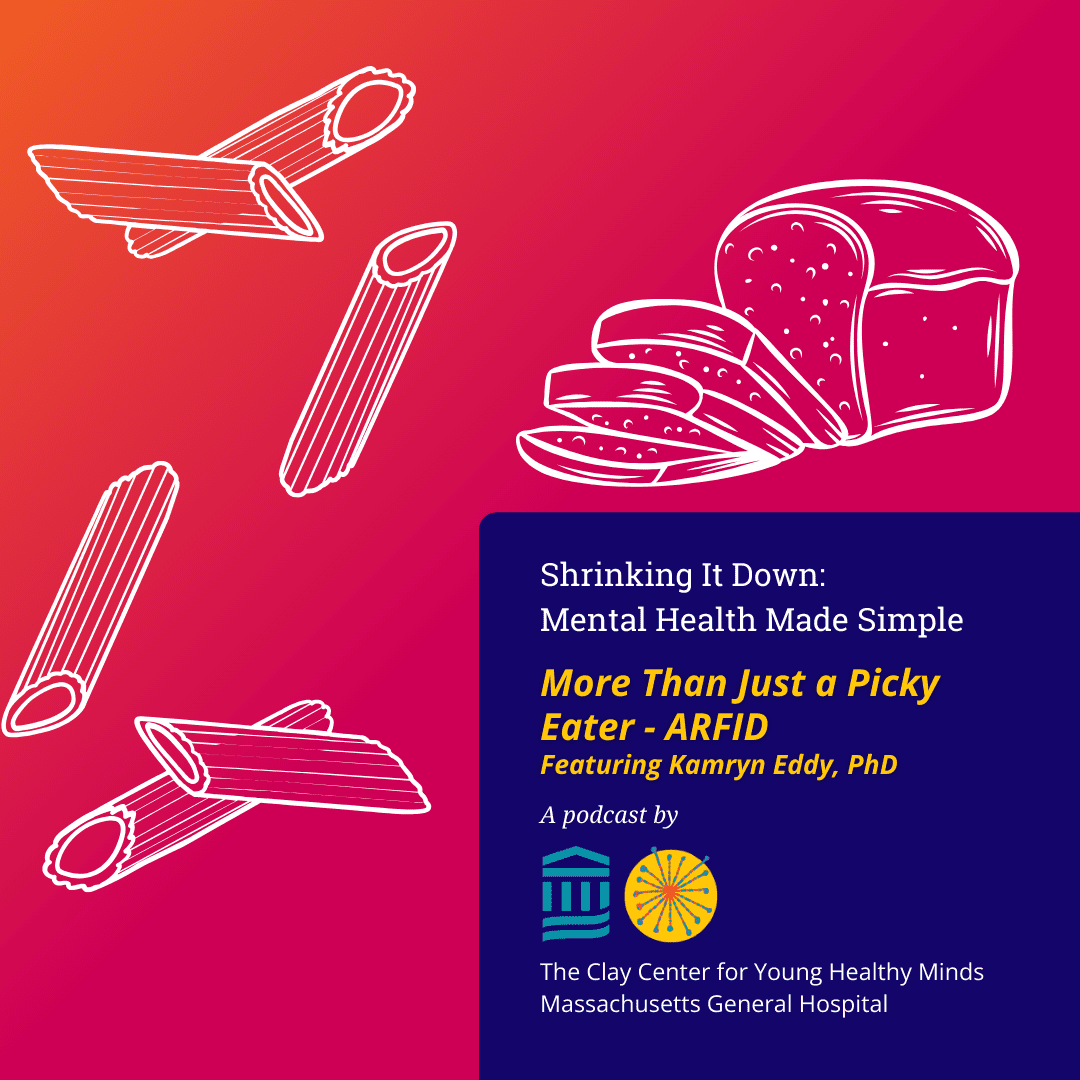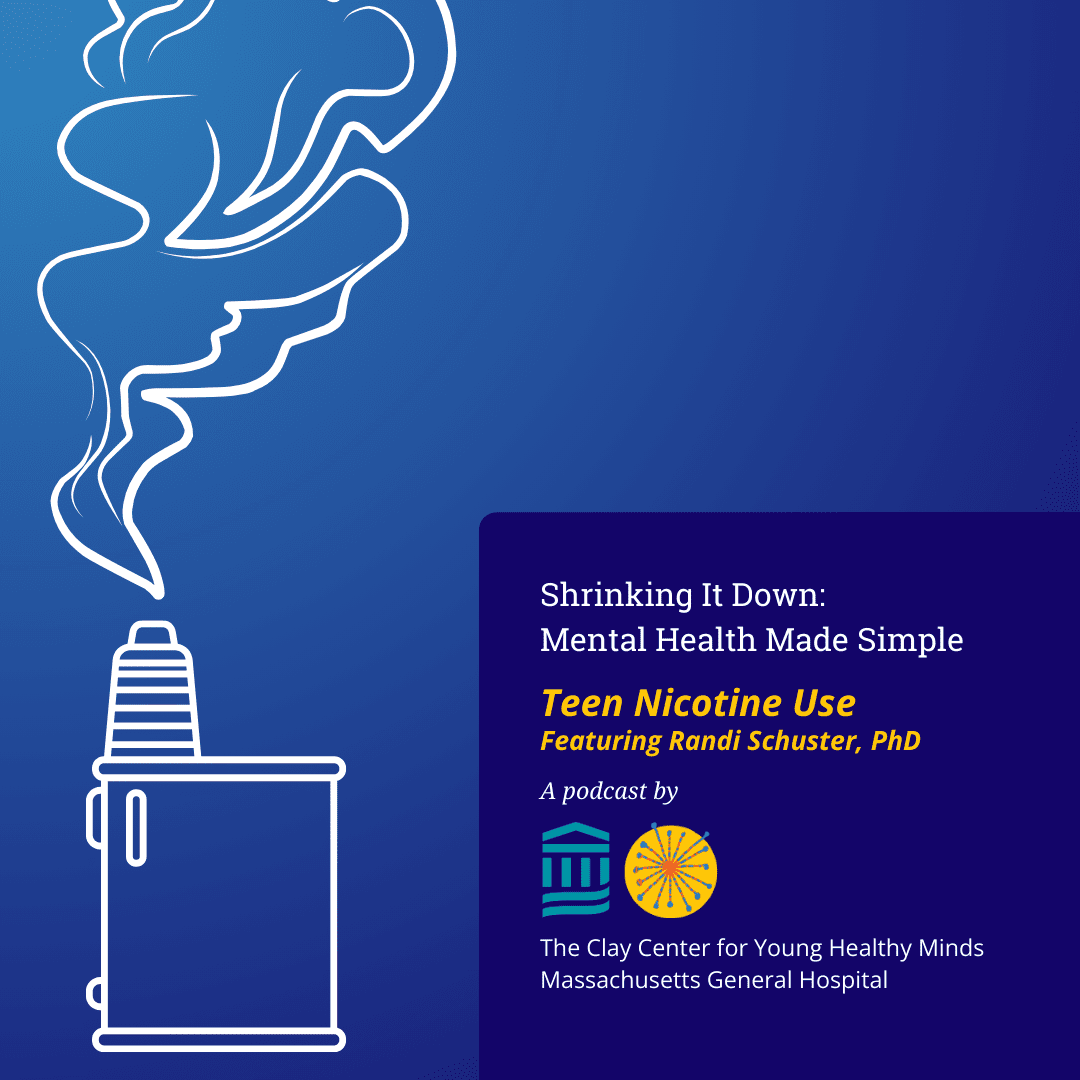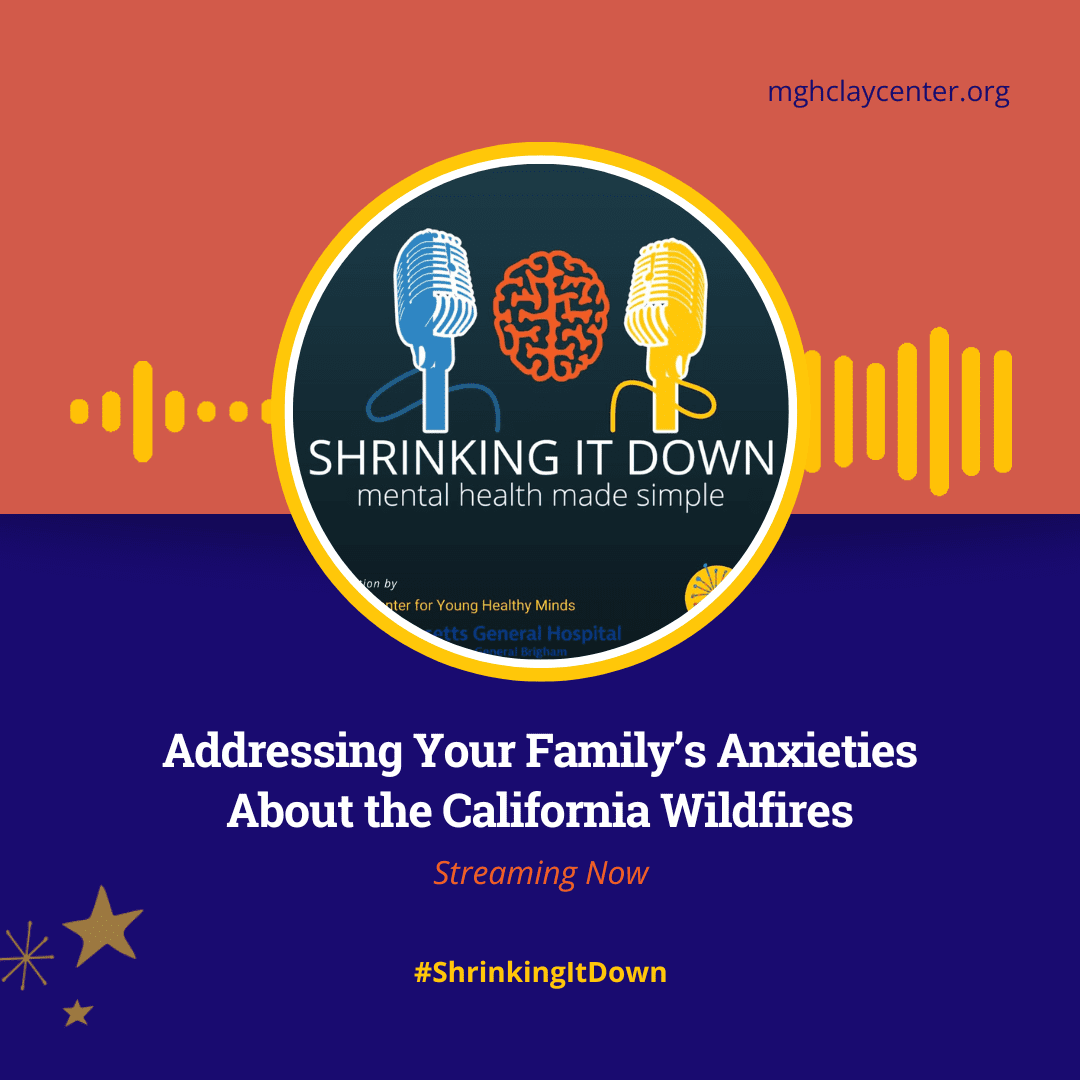Talking With Your Kids About the Current Chaos

Posted in: Hot Topics
Topics: Anxiety, Child + Adolescent Development
Our kids of all ages are hearing about the current dangers in society on TV, radio, and digital media. They along with parents and caregivers are scared. And for good reason.
Among the present threats include: fears about the economy, access to healthcare, drastic reductions in medical research, war, social outrage, and political unrest.
And more.
In short, our kids and their caregivers are experiencing existential threats. Many are worried about the wellbeing of their parents, grandparents, friends, neighbors and themselves. We as parents and caregivers need a way to talk with them about their fears and find ways to help them navigate the storm of emotions.
This comes at a time when the Surgeon General’s Advisories have indicated that we are in the midst of a youth mental health epidemic, a crisis in the use of social media, a loneliness epidemic, all with parents under such pressure, indicating that many parents are having a hard time – and these very parents are at the front lines, entrusted with taking care our vulnerable, rightfully anxious youth.
What Can Parents and Caregivers Do?
Parents need to pay attention to the THREE Ws: What to look for; When to worry; and What to do.
What Can Parents Look For?
When our kids have emotional breakdowns it’s super important to watch for alterations in behavior including changes in mood and anxiety, irritability and social isolation. Additionally, kids may have problems with attention, distractibility, reduced verbal responsiveness, and somatic complaints, such as headaches, stomach aches, or chest pain. There may be trouble falling asleep, staying asleep, or experiencing nightmares. They may worry excessively about their parents, relatives, friends, and their academic, social and recreational obligations. Many fear loss of friends, inclusion, and social interactions. Some may turn to substances or excessive eating to quell troublesome emotions, and many may contemplate suicide.
When to Worry?
The general rule is that parents should be concerned when they see the changes in behavior lasting more than a couple of weeks, and interfering with daily activities, academics, social life, sports, or interests.
What to Do?
We all want to help our kids in these chaotic times. But it is especially difficult when we, ourselves are anxious and worried.
The most important thing to do is:
- Control Your Anxiety: Just as the flight attendant on airlines says if the pressure drops, put the oxygen mask on yourself first, then help the person next to you, the same applies for this situation. Anxiety is contagious, and obstructs our ability to conduct conversations, contain emotional reactions and provide a sense of stability and security for our kids. There are many ways for parents to diminish their own anxiety such as talking with social supports, taking care of oneself (practicing meditation, yoga, exercise, getting sufficient sleep, good nutrition), and setting priorities.
- Be Honest! If your kids ask if you are worried about the current issues, don’t deny it. Your kids know if you are scared, and lying just makes them more anxious. It means you must be hiding something. It’s best to say that you are nervous but that there are many ways we all can make things better for ourselves and the world.
- Ask what they know and what they are worried about: You cannot provide reassurance, guidance or comfort if you don’t know what their main concerns are.
- Validate Their Feelings and Concerns
- Be Available for Frequent Short Conversations: No child like seemingly endless meetings. They will open up more with brief, civil conversations. They witness plenty of unruly behavior in media, so model for them how we can all talk and even weather conflict in a positive way at home.
- Provide Reassurance: Emphasize that there are many talented people who are working hard to help turn things around.
- Promote self-care for your kids: The same kinds of ways you help yourself are also good for your kids.
- Provide structure: Kids of all ages do better when there is structure at home as well as in school, on the athletic field and during social interactions.
- Turn the negative into positive:
- We can appreciate what we take for granted – that our country is strong and that there are laws, judges, courts, police, military and elected officials who will help keep us all safe.
- Make a contribution: Our brains are wired such that acts of kindness and giving are more powerful than receiving. When we give to others, our brains release oxytocin, the neurochemical that enhances social connection. Giving to those in need who have endured hardship is a very powerful and rejuvenating force.
- Use creative arts: Research has demonstrated that music, dance, singing, journaling and other artistic processes enhance wellbeing.
- Connect with other important supports: Humans are pack animals. We thrive on relationships, we need each other. Making connections with teachers, clergy, coaches, mentors, family members and friends improve mood, outlook, and can inspire hope. None of us should worry alone!
- Use narratives: Stories and storytelling are ubiquitous in all cultures and are the fabric of our social and spiritual lives. Kids are drawn to family narratives that remind us how we have survived adversity in our own lives and in the lives of our ancestors. Our elders are often the keepers of family narratives, meaning and hope.
- Be mindful of media: For younger kids, turn media off. We are all digital hostages, and are surrounded by smart phones, TVs, tablets and computers. Younger kids do not fare well inundated with images and repetitive frightening stories in the news. Teens, on the other hand, are using more social media than ever and are capable of more nuanced, informed conversation. It is often useful to watch TV or digital media with them and stop to discuss what was just experienced together.
Let’s face it. Many of us are anxious and angry about the world in which we live. There is tremendous uncertainty about the future, likely exacerbating the angst we already are feeling. This situation is tough for kids, who do not yet have the ability to process experience in a mature, reflective manner.
It’s up to us as parents to help modulate their emotions in these troubled times.

 Share
Share Tweet
Tweet





